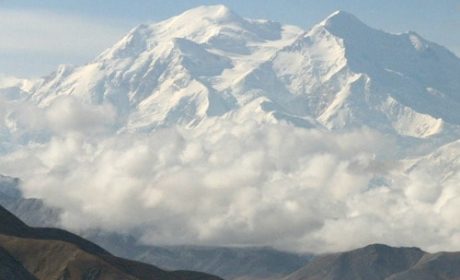
Alan and I couldn’t believe our good luck as we were driving east on Highway 3 on a road trip in British Columbia, Canada. A black bear (which I will call a “he” since there were no cubs around) had chosen a grassy hillside next to a pullout on the road to enjoy an afternoon snack. Alan eased the car into the turnout, I grabbed the camera, rolled down the window and started snapping photographs of the 400 lb. (estimated) black bear grazing a mere 40 feet from the car. Have you ever heard the sounds of a bear ripping grass out of the ground? It’s a powerful noise.
We weren’t the only ones watching. Another car pulled up behind us. A woman passenger opened the car door and stood behind it while the male driver actually got out of the car and walked a few paces for a better photo. Those two were lucky that the bear was too hungry to care about their presence. He could have bounded over to the car in one mighty stride. Luckily, nothing happened, the couple drove away, and I put the camera down to sit in silence withe Alan and watch the bear move around the hillside eating grass. It’s an experience that we’ll never forget.
Every summer, there are news stories about travelers being attacked by bears. If you go exploring in the wilderness, respect the bears; after all, it’s their territory. Don’t approach too closely or run from one that is charging you. And by all means, do not feed a bear. Once the poor creature discovers an easy food source, the bear will relentlessly pursue it, dooming him or her to eventual euthanasia for becoming a risk to humans. When Alan and I travel on our grand adventure to the Yukon and Alaska later this summer, we’ll be following these smart tips for safe bear watching from the Yukon Department of the Environment.
Read the rest of our Road Trip to Vancouver Island articles to create your own itinerary to this lovely part of the world.
Do you have a black bear encounter to share with us? Join the conversation at the My Itchy Travel Feet page on Facebook or send us an email.



